I stumbled upon the following paper while looking for ways to calculate a specific value for the pullup/pulldown resistor for the gate of a MOSFET. I see several calculations for Rg. Is that the pullup/pulldown resistor for the MOSFET?
Related see this Q
